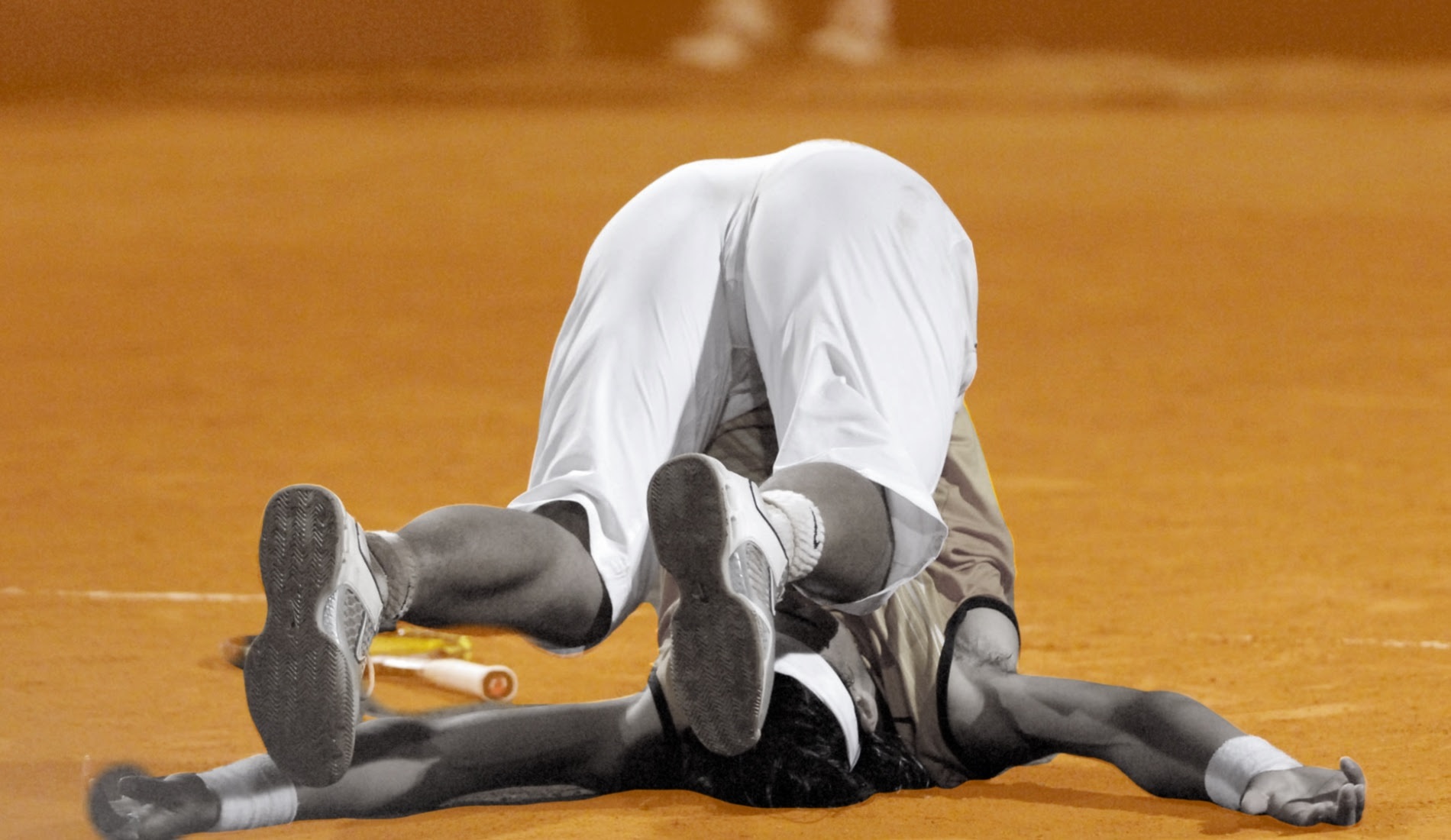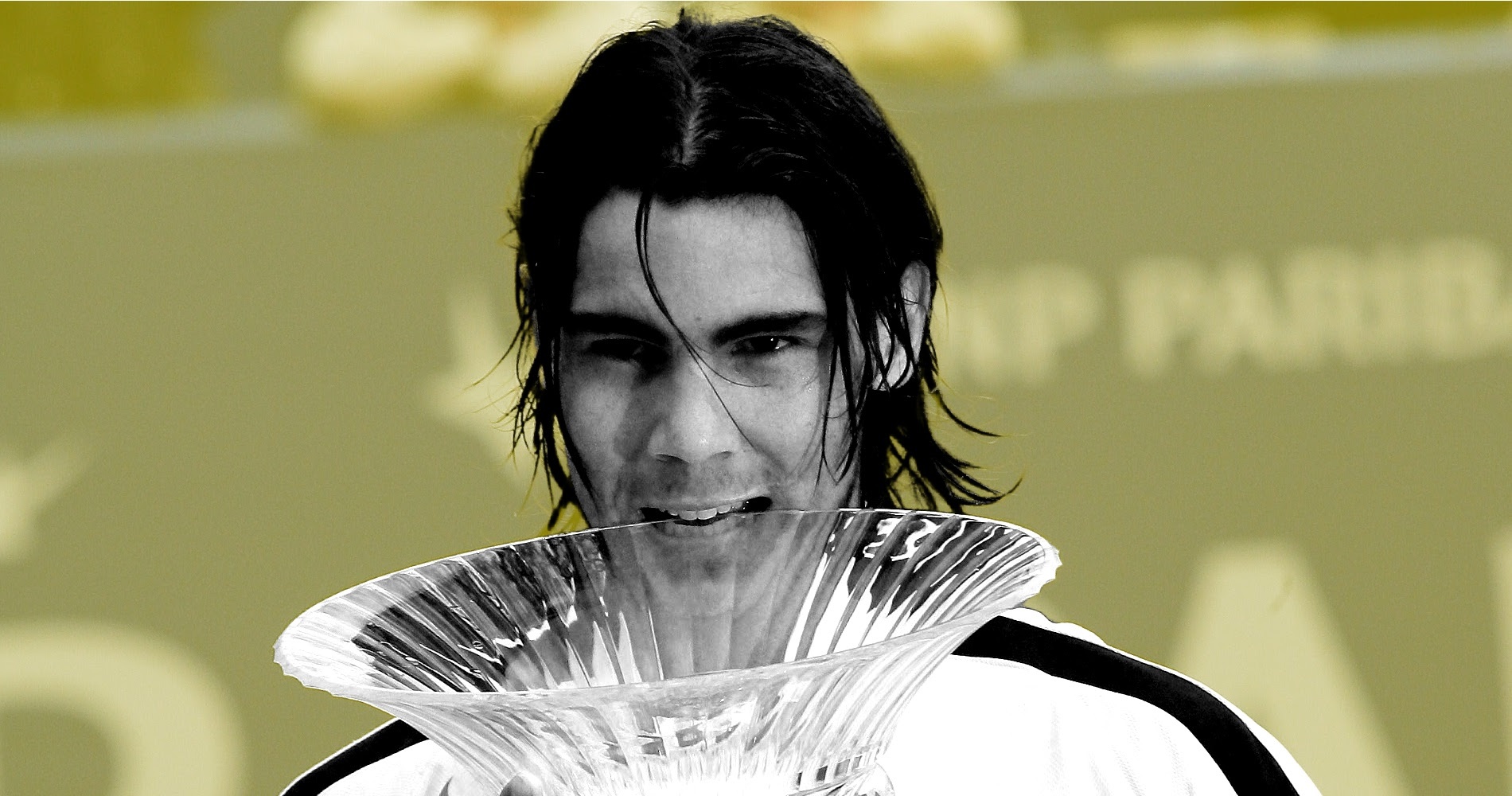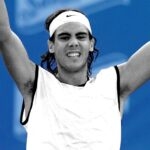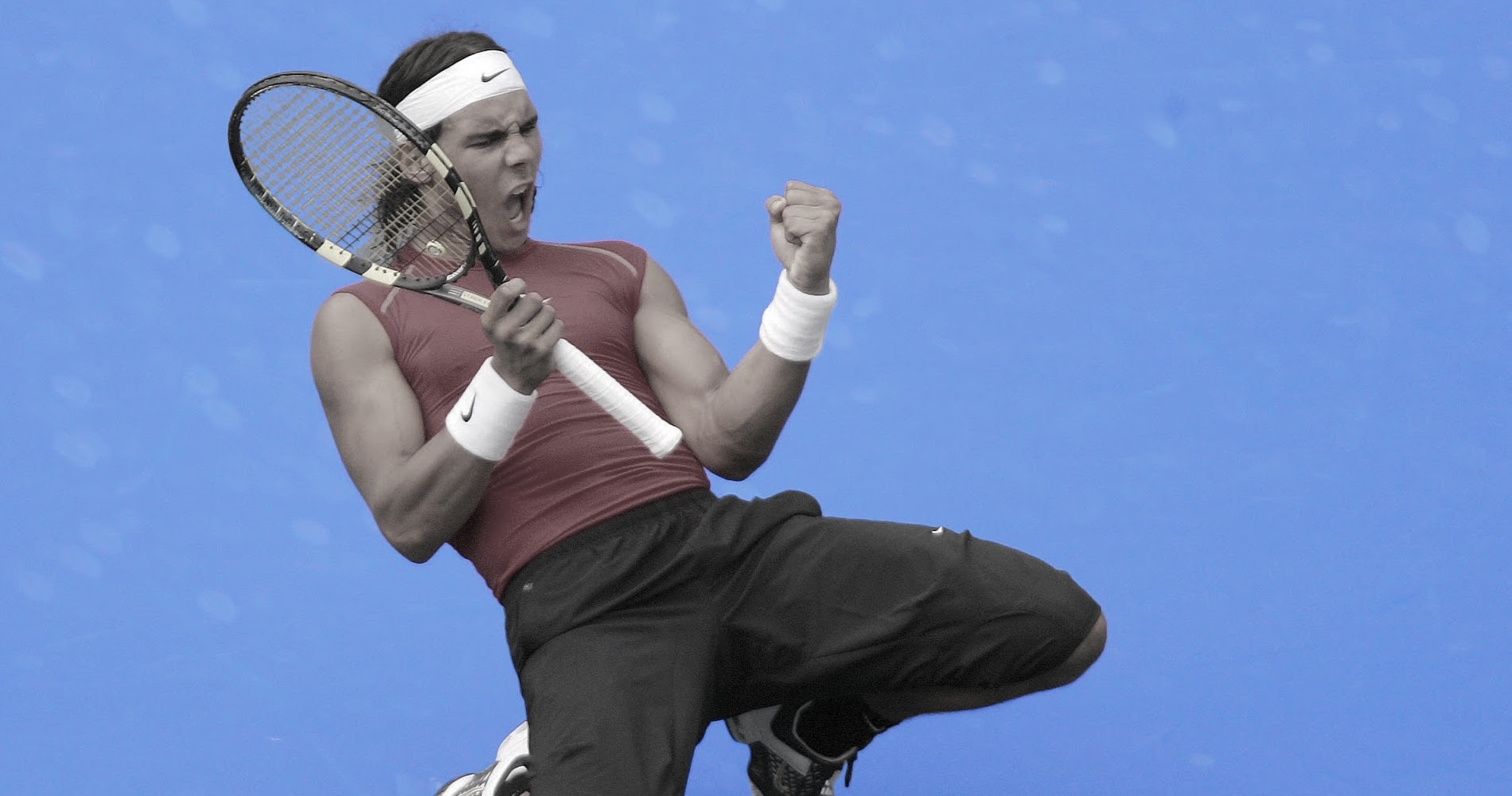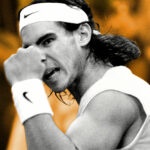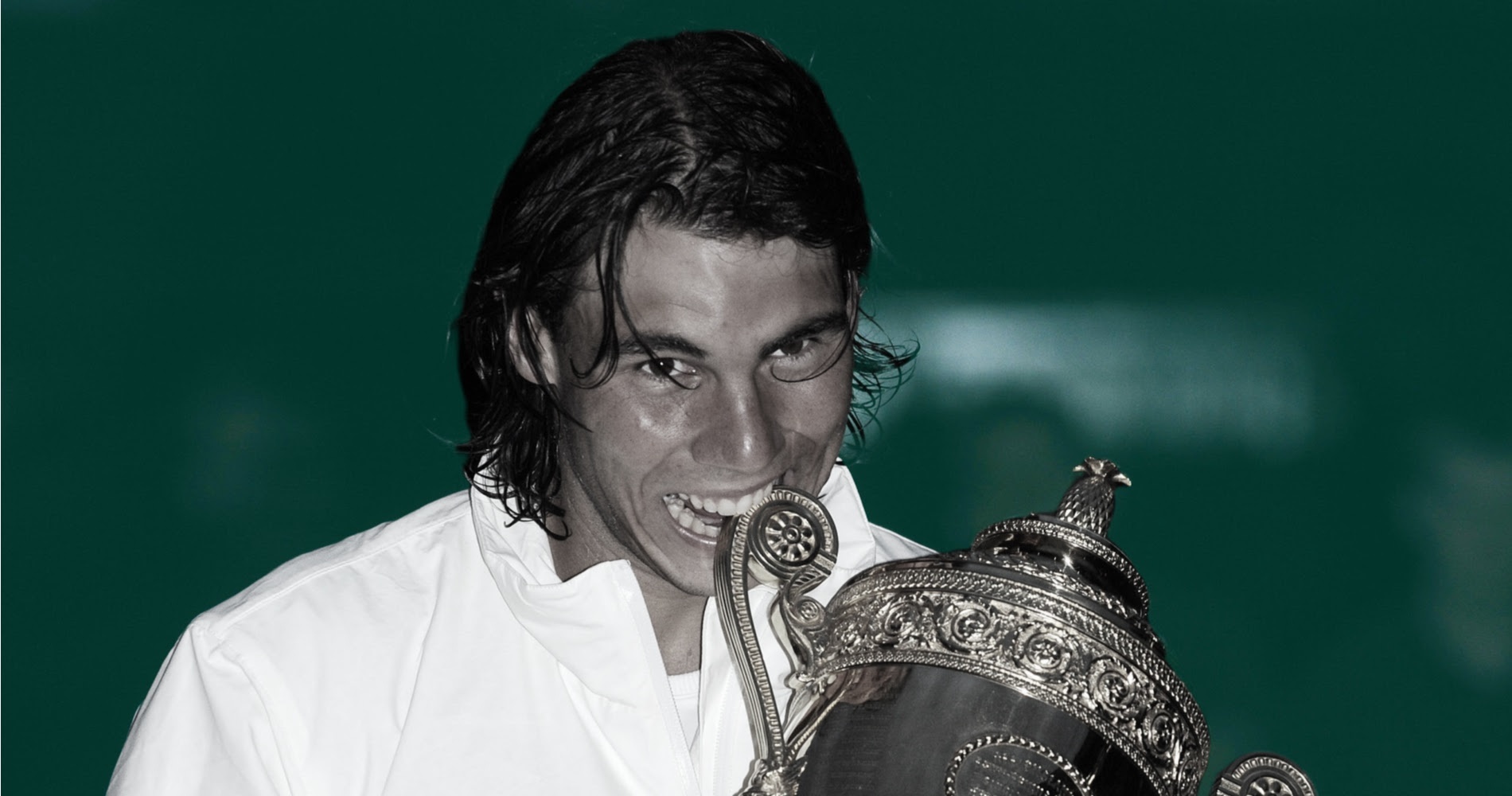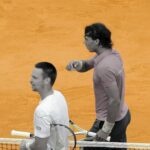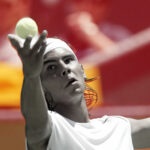August 15, 2004: The day 18-year-old Rafael Nadal won his first ATP title
Every day Tennis Majors takes you back in time to celebrate a great moment in tennis history. Today, we go back to 2004 to witness how 18-year-old Rafael Nadal defeated Jose Acasuso to clinch his first-ever ATP title, in Sopot, on clay
 On this day Nadal 24.04.2021
On this day Nadal 24.04.2021
What happened on that day?
On this day, August 15, 2004, in Sopot, Rafael Nadal, 18 years old at the time and already famous for having defeated Roger Federer in Miami a few months before, claimed the first title of his young career. Nadal would raise the trophy on his preferred clay, defeating Jose Acasuso in the final (6-3, 6-4).
Less than a year after this first success, the Spaniard would win a much more important clay-court tournament: Roland-Garros.
The players involved: Rafael Nadal and Jose Acasuso
- Rafael Nadal: Rising Spanish star
In August 2004, the young Rafael Nadal was only 18 years old but he had made himself known on the pro tour already as an upcoming threat. Back in 2002, at the age of 15 years, 10 months and 26 days, Nadal made his first appearance on the ATP Tour, after the director of the Mallorca Open awarded him a wildcard into the main draw.
In front of his home crowd, the 762nd player in the world not only played but also won his first ATP match, beating world No 81 Ramon Delgado in two sets (6-4 6-4). A year later, in 2003, at the Monte-Carlo Masters 1000, a 16-year-old Nadal defeated the Roland-Garros defending champion, Albert Costa (7-5, 6-3), before reaching the third round at Wimbledon (lost to Paradorn Srichaphan, 6-4, 6-4, 6-2).
In 2004, Nadal knocked out the new world No 1, Roger Federer, at the Miami Masters (6-4, 6-4), but an ankle injury forced him to skip the clay-court season. When he landed in Sopot, he was world No 71.
- Jose Acasuso: Clay court specialist
Jose Acasuso, from Argentina, was born in 1982. In possession of a beautiful one-handed backhand, his favourite surface was clay, and he claimed his first and so far only title on this surface, in Sopot, in 2002 (defeating Franco Squillari in the final, 2-6, 6-1, 6-3). A few months after this success, Acasuso climbed as high as No 38 in the world in September, but at the end of 2003, he was temporarily knocked out of the top 100 and his ranking dropped down to world No 113. In August 2004, Acasuso was ranked No 105 in the world.
The place: Sopot, Poland
The Sopot Open, in Poland, was established in 2001. Held on outdoor clay to replace the San Marin Open, it mainly attracted clay-court specialists who wanted to play on their favourite surface despite the the fact that the US Open was the next Grand Slam on the calendar. All its former champions were from Spain: Tommy Robredo (2001), Jose Acasuso (2002) and Guillermo Coria (2003).
The facts: Nadal faced only one top 100 player in the tournament
In August 2004, despite his young age, Rafael Nadal, 18 years old at the time, was not exactly a newcomer on the tour. He had already scored several impressive wins, including the upset of world No 1 Roger Federer at the 2004 Miami Masters 1000 (6-3, 6-3). In April, the Spaniard was ranked No 34 in the world and heavy expectations were already being placed on his shoulders.
However an ankle injury, which occurred at Estoril, shut down his clay court season and delayed his first appearance at Roland-Garros. The left-hander from Manacor only came back to business in July as world No 60. After having reached the quarter-finals of two clay-court tournaments in Umag and Stuttgart, he was defeated in the first round of the two summer Masters 1000 events, in Toronto (lost to Lleyton Hewitt, 1-6, 6-4, 6-2) and Cincinnati (lost to Juan Ignacio Chela, 6-4, 4-6, 7-6). Disappointed with these results, Nadal decided to fly back to Europe, more specifically to Poland, to attend a small clay-court tournament, in Sopot, before the US Open.
There, the Spaniard eliminated Victor Hanescu, world No 88, in the first round (6-4, 6-4), who remained the only top 100 player he would face the entire week. Though his opponents were all ranked outside the top 100 from that point, they had all held much higher rankings before: Arnaud di Pasquale, now No 272, had been No 39 at his best; Franco Squillari (now No 154, No 11 at his best) and Felix Mantilla (now No 110, previously No 10). Nadal defeated them all in straight sets, and in the final, on August 15, he faced Acasuso, world No 105, who had held the 39th rank two years before, after having won the same Sopot tournament.
Once again, Nadal prevailed without losing a set, 6-3, 6-4, but the match was much tighter than the score. The young Spaniard had to fight for one hour and 36 minutes, saving no less than 11 break points, before he could celebrate the first title of his promising career. He had become the youngest player to win a tournament since Lleyton Hewitt, in Delray Beach in 1999.
Nadal was, however, far from being as young as Aaron Krickstein, the youngest player to ever win an ATP title, in Tel Aviv in 1983, at 16 years and 2 months.
On top of the Sopot trophy, Nadal also received a trophy from the ATP to celebrate his maiden title, a trophy now exhibited at the Rafael Nadal Academy museum, where visitors can see that the ATP misspelled his name as “Rafael Nadel” on this special trophy.
What next? Nadal wins 92 titles and counting
This success was the first of 92 titles (as of August 15, 2024) claimed by Rafael Nadal in the following 20 years, including 63 more clay-court titles. The Spaniard would be known as the King of Clay, having claimed 14 of his 22 Grand Slam titles at Roland-Garros. Reaching world No 1 for the first time in 2008, he would spend 209 weeks at the pinnacle of his sport.
Jose Acasuso would reach the fourth round at Roland-Garros in 2005 (defeated by Mariano Puerta, 6-4, 6-1, 6-1) and he would reach his best ranking of No 20 in 2006.
